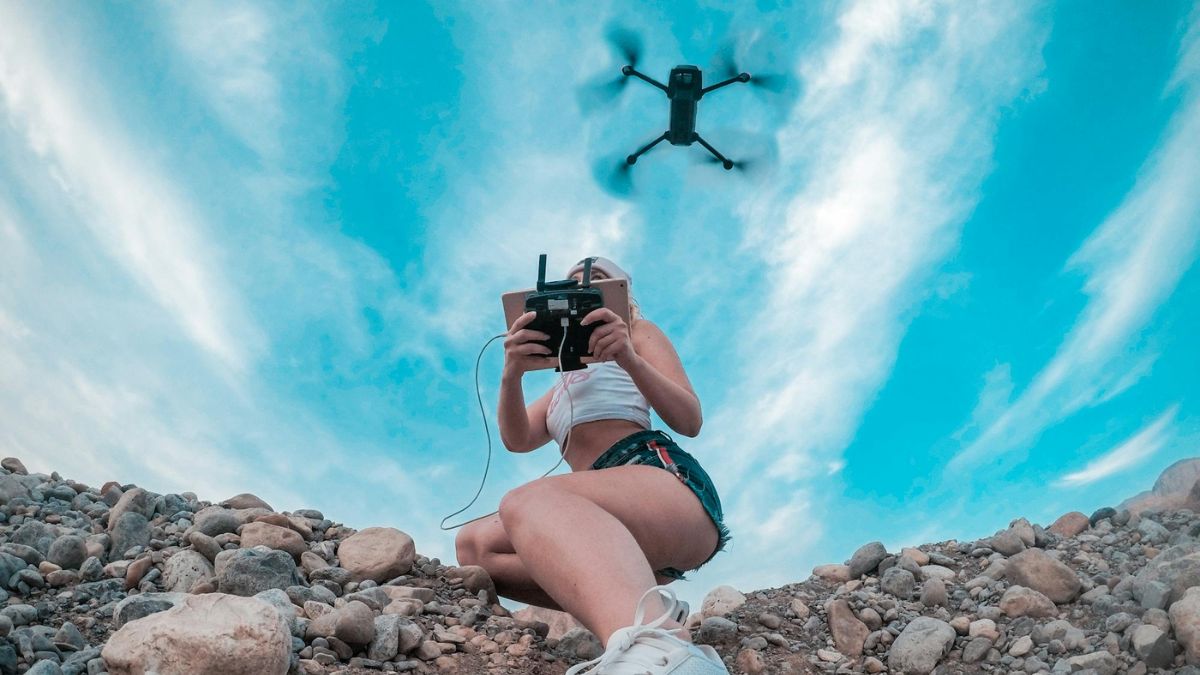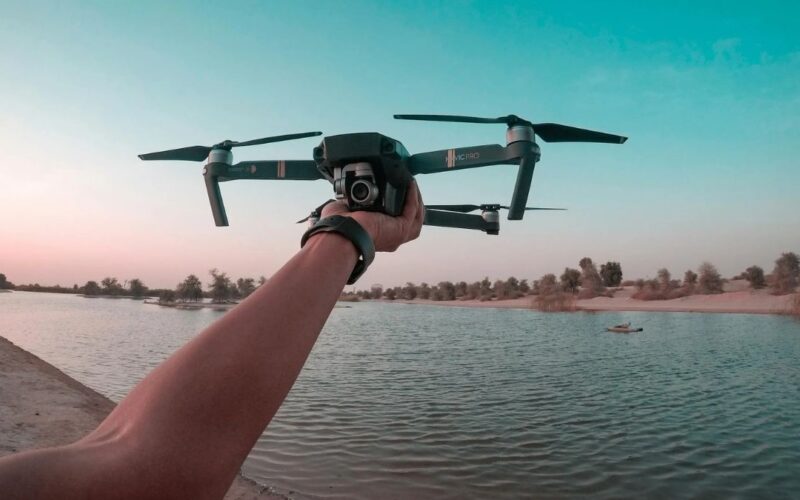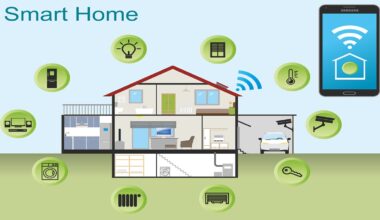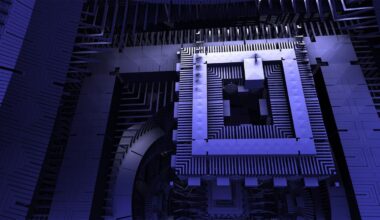In recent years, drone technology has witnessed rapid advancements, revolutionizing industries and unlocking new possibilities in various fields. From enhanced flight capabilities to innovative sensor technologies, drones continue to evolve at a remarkable pace, reshaping the way we capture aerial footage, conduct surveys, deliver goods, and more. In this article, we’ll delve into the top seven advancements in drone technology, showcasing the latest innovations that are propelling drones to new heights.
1: Extended Flight Time
One of the most significant advancements in drone technology is the extension of flight time capabilities. Thanks to improvements in battery technology, drones can now stay airborne for longer periods, allowing for extended missions and increased productivity. Advanced lithium-polymer batteries and efficient power management systems have contributed to significant gains in flight endurance, enabling drones to cover larger areas and perform complex tasks without frequent recharging.
2: Intelligent Automation
Modern drones are equipped with intelligent automation features that streamline flight operations and enhance user experience. Automated flight modes such as waypoint navigation, orbit mode, and follow-me mode allow drones to execute predefined flight paths autonomously, freeing up operators to focus on capturing high-quality footage or data. Additionally, obstacle avoidance sensors and advanced collision avoidance algorithms enable drones to navigate complex environments safely and avoid potential hazards.

3: Enhanced Imaging Capabilities
Advancements in imaging technology have transformed drones into powerful aerial photography and videography platforms. High-resolution cameras, stabilized gimbals, and advanced imaging sensors enable drones to capture stunning visuals with unparalleled clarity and detail. Additionally, drones equipped with thermal imaging, multispectral imaging, and LiDAR sensors offer specialized capabilities for applications such as aerial mapping, agricultural monitoring, and search and rescue operations.
4: Improved Connectivity and Communication
The integration of advanced communication systems has enhanced the connectivity and reliability of drone operations. Long-range radio systems, satellite communication links, and cellular networks enable drones to maintain stable connections with ground control stations over extended distances. Real-time data transmission capabilities facilitate remote monitoring, telemetry analysis, and live video streaming, empowering operators to make informed decisions and respond swiftly to changing conditions.
5: Compact and Portable Designs
Advances in materials science and engineering have led to the development of compact and portable drone designs that offer enhanced portability and maneuverability. Foldable and modular drones are increasingly popular among consumers and professionals alike, as they can be easily transported and deployed in various environments. Lightweight construction materials such as carbon fiber and magnesium alloys ensure durability and structural integrity without compromising performance or agility.
6: Integration of Artificial Intelligence (AI)
The integration of artificial intelligence (AI) algorithms and machine learning techniques is revolutionizing the capabilities of drones in numerous applications. AI-powered drones can analyze and interpret data in real-time, enabling autonomous decision-making and adaptive behavior. From autonomous navigation and object recognition to predictive maintenance and anomaly detection, AI enhances the intelligence and versatility of drones across a wide range of tasks and industries.

7: Sustainable Power Solutions
In response to growing environmental concerns, drone manufacturers are exploring sustainable power solutions to reduce the ecological footprint of drone operations. Solar-powered drones, hydrogen fuel cells, and hybrid propulsion systems offer alternative energy sources that minimize reliance on traditional fossil fuels. By harnessing renewable energy sources, drones can operate more efficiently and sustainably, making them ideal tools for environmental monitoring, wildlife conservation, and ecological research.
Embracing the Future of Drone Technology
The advancements in drone technology showcased above represent just a glimpse of the transformative potential of unmanned aerial vehicles. As drones continue to evolve and innovate, they will play an increasingly integral role in various industries, from agriculture and construction to public safety and disaster response. With extended flight times, intelligent automation, enhanced imaging capabilities, and sustainable power solutions, drones are poised to revolutionize the way we work, explore, and interact with the world around us. As we embrace the future of drone technology, the possibilities for innovation and discovery are truly limitless.










